It is a common source of heartbreak for many inexperienced shooters: They get a good deal on some Wolf or Tula ammunition, only to learn they can’t bring it into their local gun range. “Sorry,” the rangemaster might say, with the same sympathetic look Santa Claus would give to a child who has asked for a Lipizzaner stallion, “but you can’t fire those magnetic bullets at our range!”
This confuses the inexperienced shooter. Can bullets even be magnetic? And why would a range not want them on their premises?
Are Bullets Magnetic?
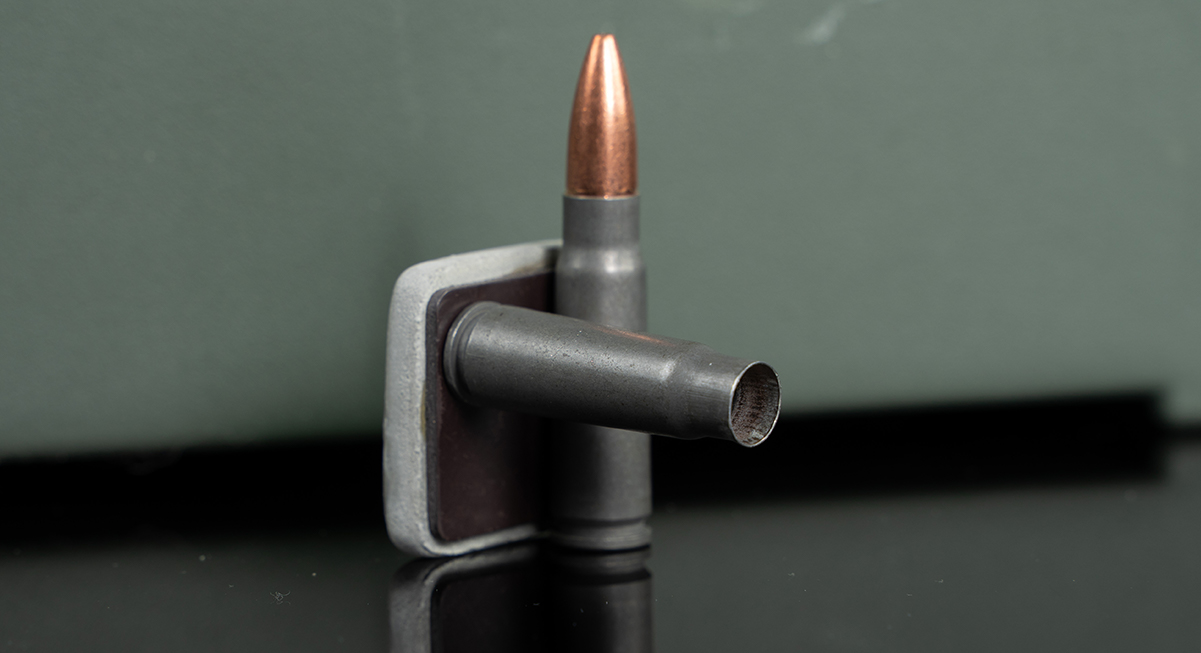
No. But bullets can attract a magnet, and they do so when they contain steel. A lot of shooters commonly (yet incorrectly) call such bullets “magnetic.”
Let’s step back a bit. A bullet typically contains only two types of metal: lead in its core, and copper in its jacket (or gilding metal, which is about 90 percent copper and 10 percent zinc). Neither lead nor copper (nor gilding metal) are ferromagnetic. Place these metals next to a magnet and they won’t do anything remarkable.
When a bullet contains steel, it is typically a cost-saving feature. A bullet’s core is nearly always made out of lead, but a cheaper bullet may have what is known as a “bimetal jacket.” A bimetal jacket is almost entirely made out of steel, with a very thin layer of copper on its exterior. Ammo manufacturers give their bullets bimetal jackets because steel is significantly cheaper than copper. Bimetal jacketed bullets are commonly found in Russian-made cartridges, which also have steel cases for the same cost-saving rationale.
What Other Loads Contain Steel?
Not all “magnetic bullets” have bimetal jackets. The most noteworthy exception is the 5.56×45 M855 cartridge, which features a “penetrator core.” The entire bullet’s core is not made out of steel, however – only the front section, which weighs seven grains and strengthens the bullet for more reliable penetration of barriers. Under optimal conditions the M855 bullet can penetrate a 1/8” thick sheet of steel at 2,000 feet. An M855 cartridge’s bullet typically has green paint on its tip for easy identification (although Europe’s equivalent SS109 cartridge may not have green paint).
One more notable exception is the 50 BMG. Its bullet’s entire core is made out of steel, but there’s no need to worry about that right now.
In short, all M855 cartridges have magnetic bullets. With very few exceptions, all steel-cased cartridges have magnetic bullets as well. But Russian manufacturers do occasionally load nonmagnetic bullets with steel cases, which gives shooters more options when it comes to which ranges they can visit.
All of this begs an important question…
Why Do Some Ranges Ban Magnetic Bullets?
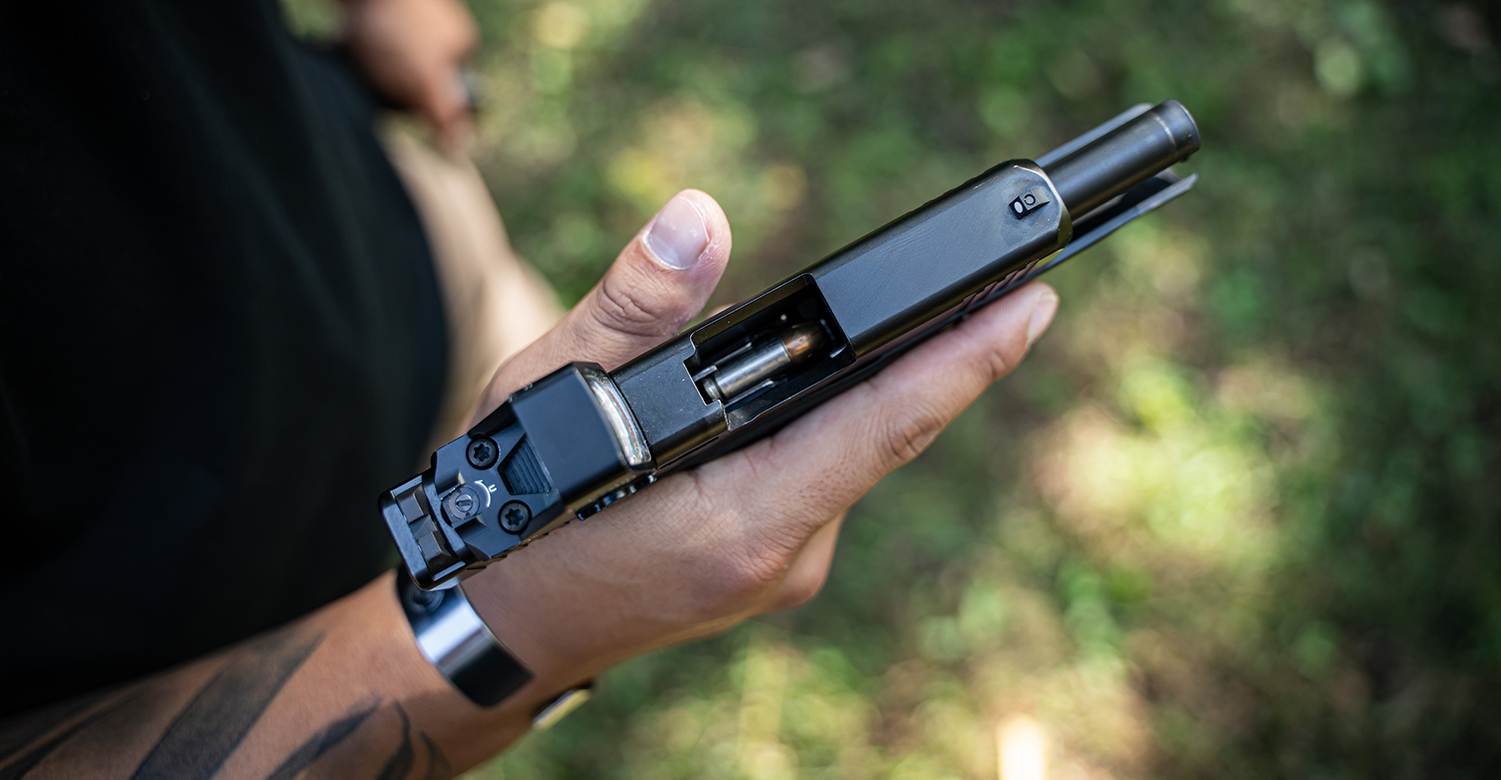
Gun ranges have to purchase something called “insurance.” Unfortunately insurance is expensive, so gun ranges might do anything they can to reduce their fees – including banning magnetic bullets from their premises. This is because a bullet which contains steel has a higher chance of doing three different things.
What Can Steel Do To A Range?
1. Causing a ricochet or splash-back. Steel is more rigid than lead or copper. When a bullet containing steel strikes a hard surface, it poses a significantly higher risk of flinging shrapnel back at the firing line. To be sure, it’s not likely to happen, but it is an added risk which some ranges would rather avoid.
2. Creating sparks. If a magnetic bullet grinds against a concrete floor or strikes a hard surface at the wrong angle, there is a significant chance it will produce sparks. It’s not as though a range will store oil-soaked rags behind their targets, but avoiding sparks is still a sound fire prevention strategy.
3. Damaging range equipment. Steel is much harder than copper or lead. When a magnetic bullet hits a range’s backdrop or other piece of valuable equipment, there is a higher chance it will deal damage to it.
Not all ranges do ban magnetic bullets, however. Many are cool with them, so if you’re worried about getting stuck with a case of Wolf or Tula, then fear not: Just call around until you find a range that permits magnetic ammo. Or go plinking outside.
Do Steel Cases Make Ammo Magnetic?
Although a steel case will indeed attract a magnet, steel cases don’t pose greater safety risks. When a range bans magnetic ammo, it’s because they want to avoid bullets that have a higher chance of causing ricochets, sparks and damage to their equipment.
That said, many ranges prohibit bullets with steel. Others are less sophisticated and will do a blanket prohibition on all ammo containing steel – which means steel casings aren’t allowed either. This is because they want to sell the valuable brass scattered about their floors at the end of each day, and don’t want to go through the added hassle of sorting out essentially worthless non-brass cases. And to be sure, if a round has a steel case then its bullet is almost certainly magnetic anyway.
How Can You Tell if Bullets Are Magnetic?
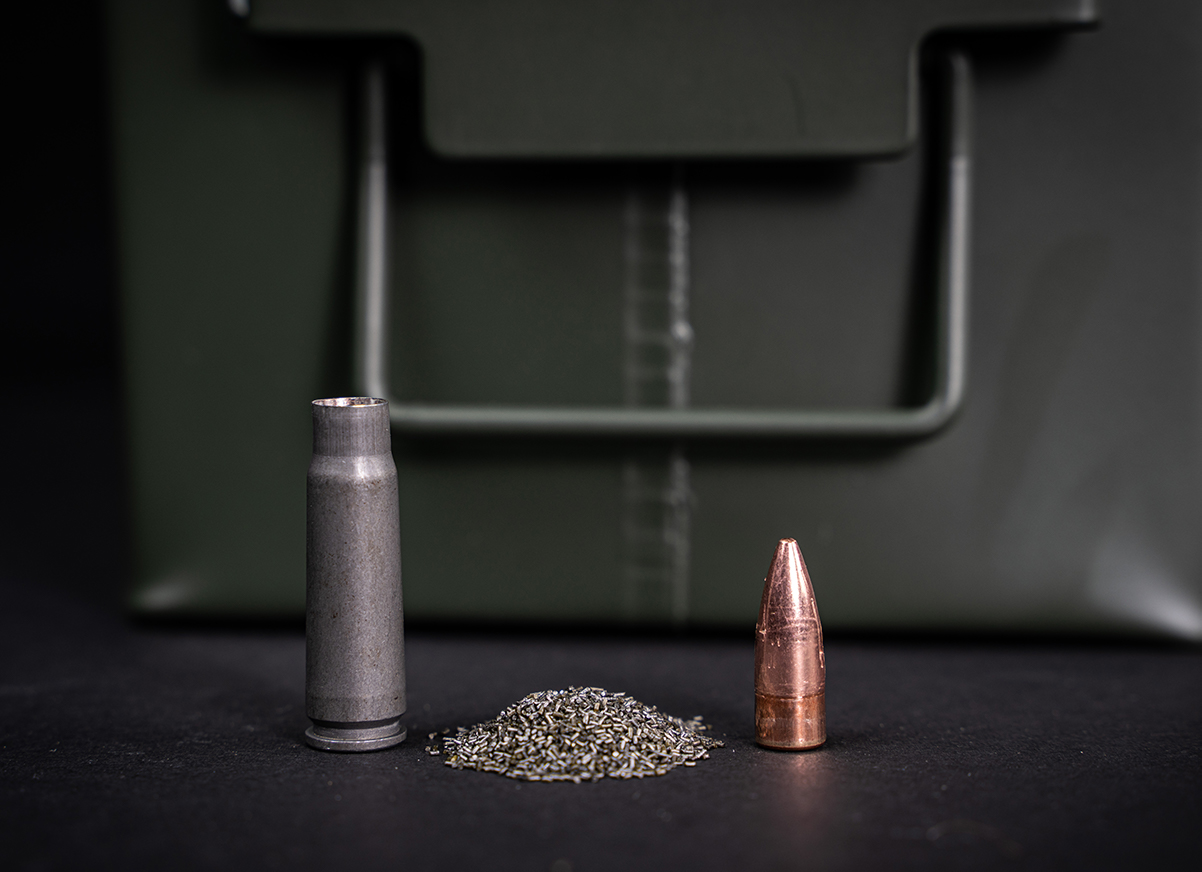
Unless its packaging indicates otherwise, it’s reasonable to assume that all steel-cased ammo has bullets that will attract a magnet. Russian manufacturers like Wolf, Tula, Red Army Standard and Barnaul all load bullets with bi-metal materials in them.
If they’re not headquartered in Russia, then an ammo manufacturer probably does not load magnetic bullets. Sellier & Bellot, Prvi Partizan, Magtech and Aguila do not load magnetic bullets. American manufacturers like Winchester, Remington, Hornady and Federal Premium do not load magnetic bullets, either. But if your 5.56×45 ammo has green-painted bullets, then it is certainly magnetic.
What if you’re still not sure? Well, then all you need is a magnet (or a magnetic tray, like what mechanics often use to manage small steel parts). Touch the bullet to the magnet and observe what happens – if there is attraction, then that’s that. If a round has a steel case then you may want to use a set of pliers to yank out its bullet. You can then test the bullet separately.
The Takeaway
Ammo does not contain magnets and cannot technically be magnetic. Shooters typically apply the phrase “magnetic ammo” to cartridges which have steel in their bullets. With some exceptions, most steel-containing bullets have economical bimetal jackets.
Many ranges ban magnetic ammo because bullets which contain steel pose a greater safety risk. You should make sure your ammo’s bullets do not contain steel before taking it to a range which bans magnetic ammo.

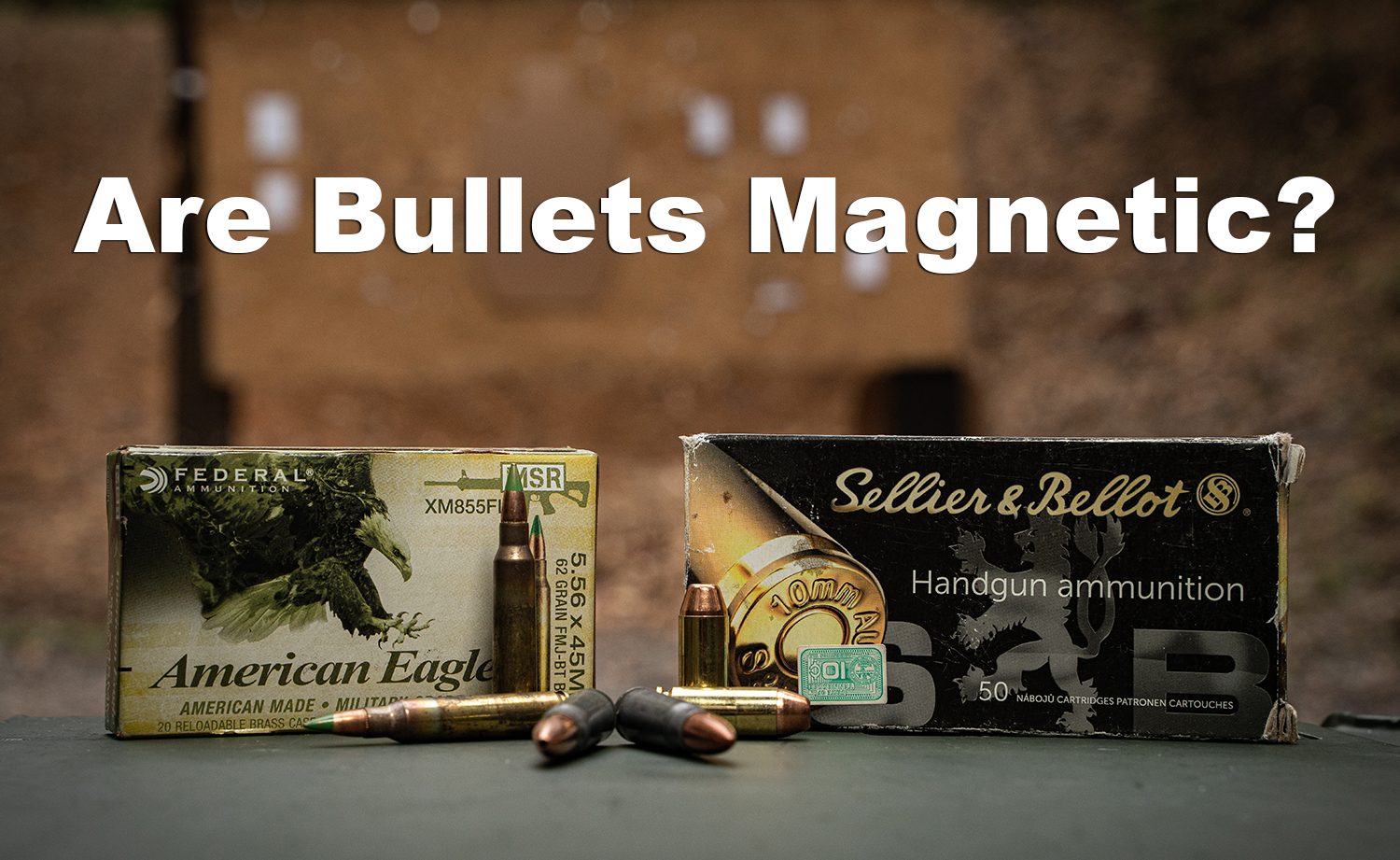
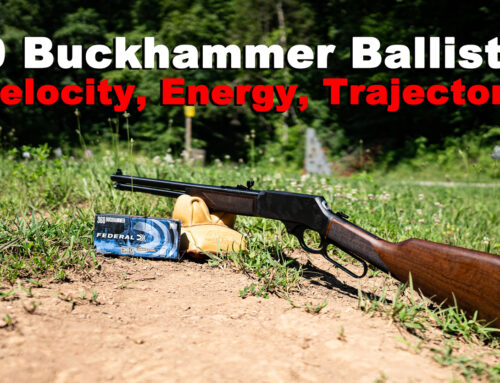
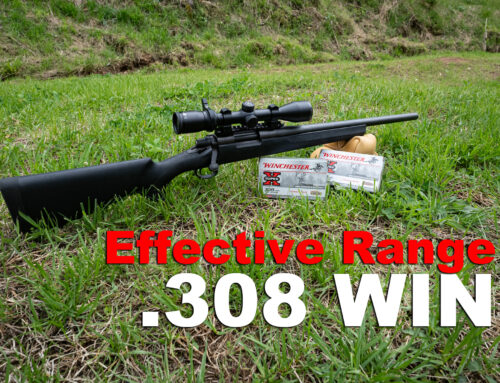
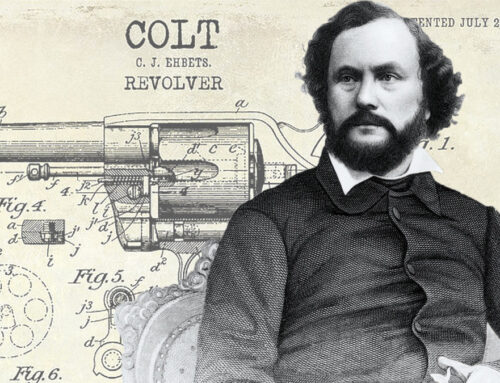
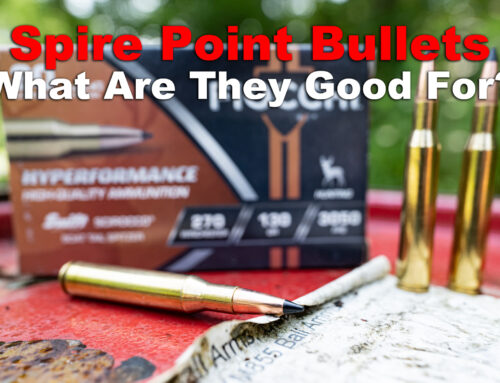
Leave A Comment